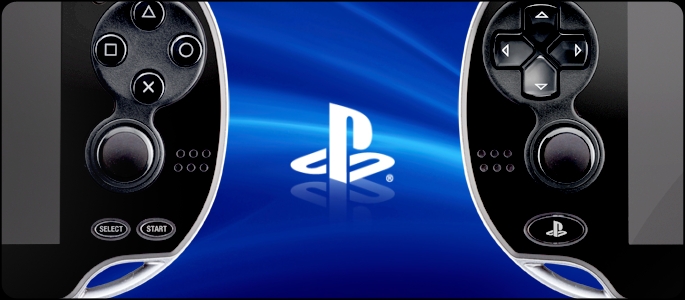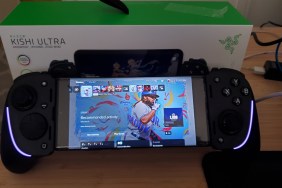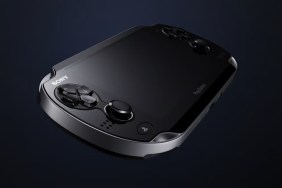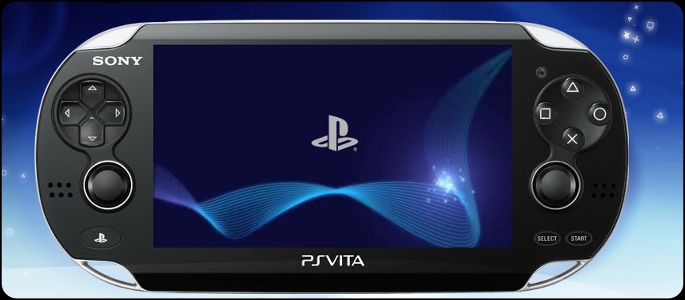
In 2005, Sony made a bold move: It went up against Nintendo in the handheld market. While so many others before them had failed miserably to gain any ground against the creators of the GameBoy, Sony, at the time, was the current reigning champion in the home console space and best poised to find success.
And success they found with the PlayStation Portable, selling over 70 million units to date. Still, in comparison, Nintendo’s DS doubled those sales numbers in the same timeframe – Nintendo still wears the portable crown.
The PSP, while extremely popular in Japan, fizzled out in North America far too early. Around the same time, sales of smartphones surged, bringing a somewhat unexpected contender into the fold. Now, Sony has launched their next generation portable, the PlayStation Vita. Competition is more fierce than ever – smartphones are a go to escape for casual gamers, on a device that everyone has in their pockets anyway, and the 3DS, while starting off slow is picking up steam and echoing the success of the DS. Is the PlayStation Vita strong enough to fend them off and make a name for itself?
Without a doubt, yes. The media is already spouting doom and gloom for the PlayStation Vita. If only they had the device in their hands before they spoke. From the second you pick it up you can tell that the Vita is an impressive piece of hardware. Most notably, the stunning 5″ OLED screen. If a picture is worth a thousand words the picture quality on the Vita is worth a million. iPhone’s Retina Display be damned. The screen is big, it’s bright, it’s crisp, and it’s capable of displaying near PS3 quality graphics.
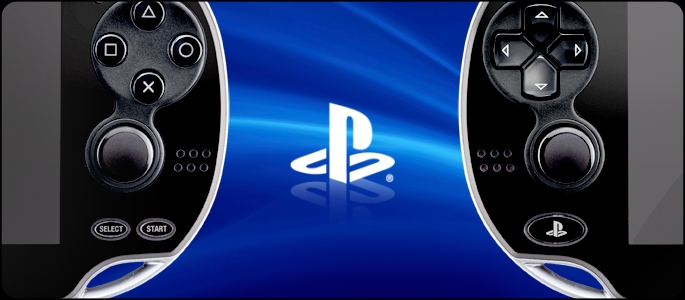
The PlayStation Vita is the portable gaming device people have been asking for since the PSP released. Users begged for a second analog stick, and while they had a long time to wait, Sony listened, and here it is. The analog sticks aren’t sliding “circle pads” found on the PSP and 3DS, these are honest-to-goodness analog sticks. Tiny, yes, but they perform exactly like a DualShock 3 sans the L3/R3 click. The days of using the PSP’s face button as a camera or to strafe are gone, no gigantic “circle pad” attachment necessary. The analog sticks are there from the get-go.
But even with the addition of quality analog control, much of the Vita can be controlled using the OLED touchscreen. In fact, the entire menu is controlled using touch only – no buttons at all. In games, the multi-touch screen is used in a variety of ways. Touch controls are intuitive, even the youngest of children understand the cause and effect of touching a button on a smartphone – something that surely helped the widespread acceptance of video games by mainstream casual users. The Vita has that easy accessibility built-into it.
Unique to the PlayStation Vita is the rear touch-panel. It acts just like the front touchscreen does, except your fingers aren’t in the way, blocking the action. The rear touchpad is also multi-touch, adding up to eight more points of input on the devices; think of it like more buttons. The uses for the rear touch-panel aren’t as clear as the touchscreen or face buttons, but developers are already finding interesting and exciting ways to implement it into their games. There is one caveat, however, it takes getting used to. Not because it’s awkward to use, but instead because on our phones, on our controllers, and on past handhelds it hasn’t been there, so your fingers may be prone to rest on the outer edge of the pad. If there’s random unexplainable movement in a menu or in-game, your fingers are probably grazing the back of the Vita. After a week it’s second nature, and to help, Sony had included oval-shaped indentations on the back of the Vita for your fingers to rest without interference from the touch-panel. This, like so many other features proves that the PlayStation Vita is a well thought-out machine.
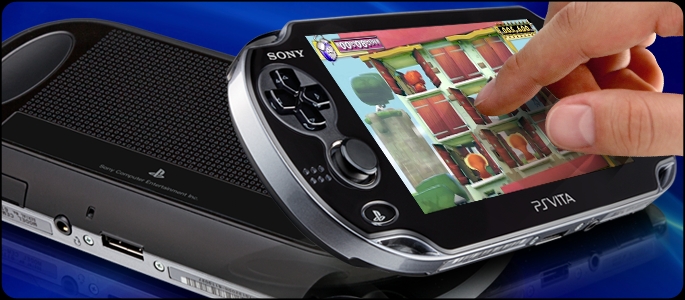
Less exciting than all of the fancy new bells and whistles are the standard D-pad and triangle, square, X, and circle face buttons. They’re significantly smaller than the PSP’s or what is found on the Dualshock – the tip of your thumb can cover each of them entirely – but the buttons are raised enough that controls are never hindered. Their positioning is directly above the analog sticks which can make it difficult to use the stick and press face buttons at the same time. Luckily, this was thought of too and many games will feature secondary touch-buttons on the right side corner of the OLED screen. Then there’s shoulder buttons. They’re nicely rounded and made out of a clear plastic. Nothing too much to note here.
The Vita itself doesn’t feel like the same tank that the PSP was. Despite being larger by just a smidgen, it’s lighter. It’s sturdy and well-built, something you find with all Sony products, but it doesn’t feel like it would survive a bad drop. There’s no separation for the screen, the entire front face of the device is a glossy, glassy, plastic material, which collects dust and fingerprints like a magnet. The rear touch-panel is made of the same material. The Vita appears to be a more refined execution of the original PSP’s design – it’s a perfectly rounded oval. Best of all, it’s armed to the teeth with tech.
There are a few complaints. The doors covering the game slots are a bitch to get open, and the flaps holding it into the device seem weak and flimsy. But so it did on the PSP’s memory card slot, and that never broke on me. The memory cards themselves – namely the cost – and the one PSN account per system thing put a damper on what otherwise would be a mostly flaw-free device. The camera is lacklustre as well. But I attribute this to two things: One being the fact that we’re so spoiled by high megapixel cameras coming equipped on our phones, and two being that it’s a shame to see the pictures you take look so grainy on the OLED screen. If you like having pictures on your portable to show off to friends, I suggest you load them on using a PS3 or PC rather than snapping pics with the camera. For games, and for augmented reality, though, it’s more than fine. Remote play, at the moment, is a major disappointment – no better than what’s possible on the PSP.
Unfortunately, the battery is underpowered, and only lasts around three and a half hours if you’re playing a game. I did find it better than the 3DS. Charging is slow and it can take over an hour to fully charge the device. If you plan on using your Vita for long trips with no charging facilities, it definitely would be a good idea to purchase an external battery to keep your handheld running. There’s also the issue of portability. It’s much larger than a smartphone, and because of the massive screen, carrying it in your pocket without a strong case is scary. The analog sticks make pulling it in and out of a pocket difficult. If you’re gonna get a PlayStation Vita, I recommend purchasing a sturdy case for it.
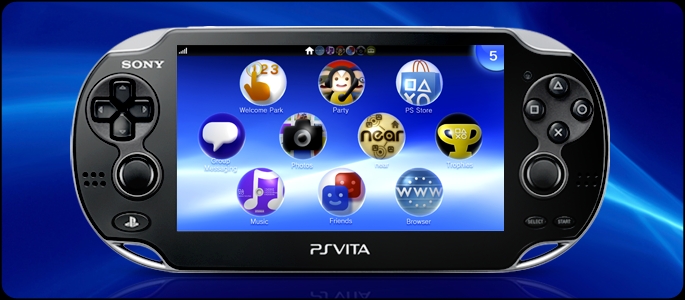
But the most interesting thing about the PlayStation Vita may not even be the hardware itself, and rather the brand-new UI. I have to say it, I loved the XMB. It’s so simple to use – straight and to the point. But even I can see that at this point it’s outdated. Which is why Sony brought a whole new experience to the Vita with LiveArea. It’s not a far cry from the homescreens found on smartphones at first glance. It’s the pausing of live apps and games using the PS button, then being able to run up to five more apps all at the same time. Pausing and swapping between apps is a cinch. Done with a particular app? “Tear” the paper “fold” in the upper right hand corner downwards and it will close the screen. Or, just keep running more and more apps, it will close anything after the sixth app automatically. The entire experience feels very natural, and is simple but elegant.
The PlayStation Vita proves that Sony listens to consumers, learns from their past mistakes, and innovates and excites with their hardware. The design, feel, and user interface is a hybrid of what’s found on smartphones and a more traditional console experience. The touchscreen and analog sticks give the Vita more functionality geared toward video games than any other device on the market, and is capable of producing games more akin to the PS3 than the PSP. The rear touch-panel, built-in cameras, and other features’ usage isn’t as clear, but adding them gives developers yet another input source to play with and take advantage of. The possibilities hinge on the creativity of the minds of great developers. As a whole package, the PlayStation Vita is as an impressive piece of hardware as it gets. Only time – and software – will tell if its able to fend of the fierce competition from the 3DS, iOS, and Android. From what we’ve seen thus far on the software front, the PlayStation Vita has a future as bright as its OLED screen (very, very bright).
